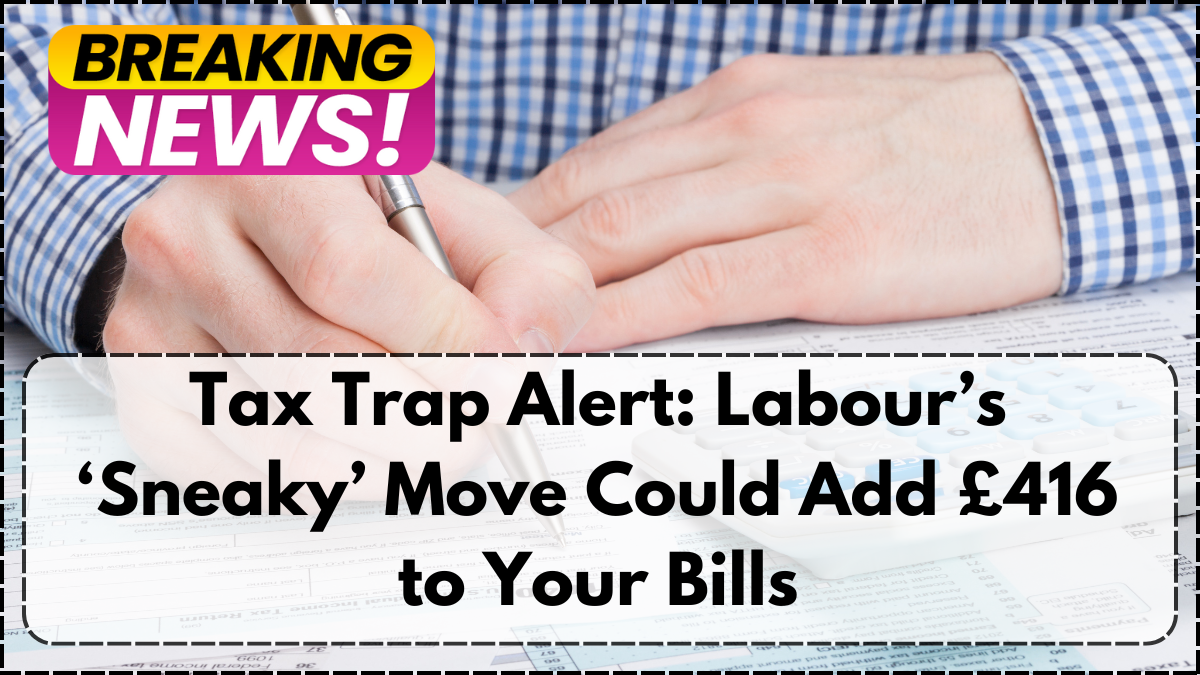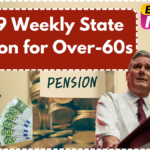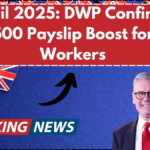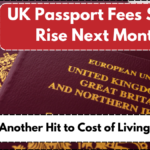The UK government is reportedly considering extending the current freeze on income tax thresholds by another two years, pushing the end date from April 2028 to April 2030. If this move is confirmed, taxpayers could see hundreds or even thousands of pounds in additional tax over the coming years, thanks to a phenomenon known as fiscal drag.
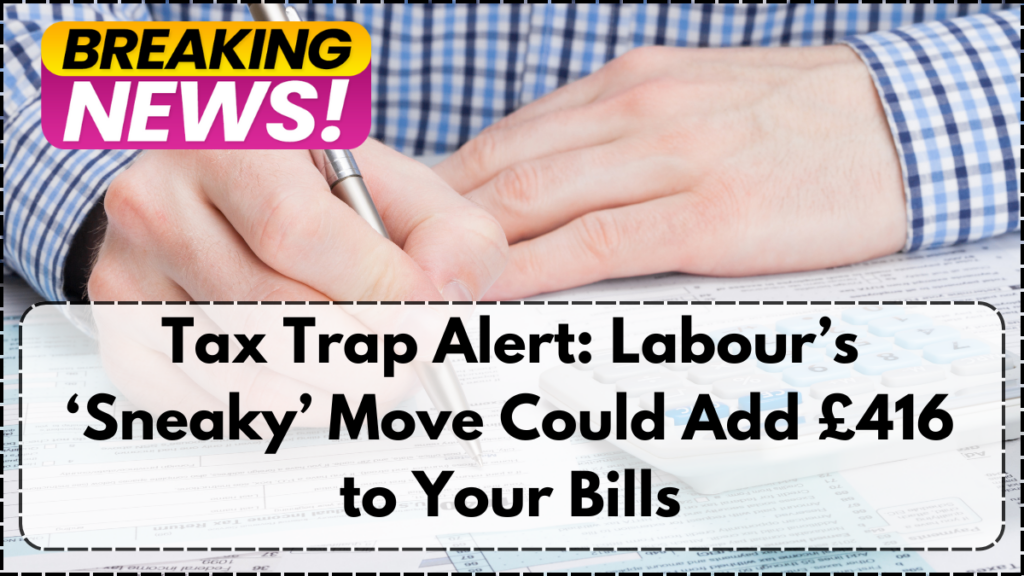
What Is Fiscal Drag and Why Does It Matter?
Fiscal drag occurs when inflation-driven wage increases push workers into higher tax brackets, even though their real purchasing power remains unchanged. When tax thresholds are frozen, as wages rise, more income becomes taxable or taxed at higher rates. This creates an invisible tax rise that’s not officially labeled as such — often referred to as a “stealth tax.”
Breakdown of the Impact by Income Level
Based on current projections for wage growth and inflation, the additional tax burden across income levels could be significant if the threshold freeze is extended through April 2030. These estimates use a 5.8% wage growth rate for the 2025/26 tax year, consistent with recent Office for National Statistics (ONS) data and the Office for Budget Responsibility’s inflation forecasts.
| Annual Income | Extra Tax by 2030 | Extra Tax from 2028 to 2030 |
|---|---|---|
| £35,000 | £416 | £223 |
| £50,000 | £1,248 | £670 |
| £80,000 | £2,752 | £670 |
| £100,000 | £3,612 | £1,939 |
Why This Matters for Everyday Taxpayers
Even a few hundred pounds of extra tax per year can significantly strain household budgets, especially amid high living costs. What’s more, the cumulative effect of the threshold freeze becomes more damaging over time. While an extra £223 might seem manageable in a single year, paying increased taxes for five to seven years adds up quickly.
The Stealth Tax Few See Coming
Myron Jobson, Senior Personal Finance Analyst at interactive investor, calls fiscal drag “a stealthy tax grab.” He notes that many people don’t realize they’re being taxed more until it’s too late. “As inflation lifts wages, people are nudged into higher brackets without necessarily being better off,” he explains. The static thresholds quietly scoop up more revenue for the government without triggering widespread resistance that might come with overt tax hikes.
This strategy, Jobson suggests, complements broader fiscal tightening efforts. Alongside welfare cuts and civil service cost reductions, the prolonged threshold freeze fits into a wider government plan to shore up public finances.
How to Minimize Your Tax Burden
Fortunately, there are legitimate ways to protect your income from the effects of fiscal drag — and pension contributions are at the top of that list.
Using Pension Contributions to Counter Fiscal Drag
Boosting your pension contributions not only prepares you for retirement but also reduces your taxable income. Myron Jobson recommends salary sacrifice arrangements, where part of your pay is directed into your pension before tax is applied. This lowers both your income tax and National Insurance contributions.
For higher earners, this strategy is especially important. Individuals earning between £100,000 and £125,140 face an effective marginal tax rate of 60% due to the gradual removal of the personal allowance. Contributing more to a pension can help you stay below this threshold.
Parents stand to benefit as well. Pension top-ups can reduce your adjusted net income, helping you retain access to Child Benefit, Tax-Free Childcare, and Free Childcare schemes.
Looking Ahead to April 2025 and Beyond
With inflation remaining stubborn and wage growth staying strong, the risk of being pulled into higher tax brackets is real for millions of UK workers. As of April 2025, the personal allowance remains stuck at £12,570, with no official adjustment for inflation in sight. If the freeze extends to 2030, more and more taxpayers will be dragged into higher tax bands — without ever seeing a meaningful increase in their standard of living.
Conclusion
An extension of the tax threshold freeze to 2030 could quietly cost UK taxpayers thousands of pounds. While it may not come with the fanfare of a headline tax hike, the impact of fiscal drag is just as real — and potentially more damaging over time. To stay ahead, individuals should consider strategic financial planning, especially through pension contributions and income management. As the government balances its books, taxpayers must be proactive to protect theirs.
FAQs
What is a tax threshold freeze?
A tax threshold freeze means the income levels at which tax rates change (like the personal allowance or higher-rate threshold) are not adjusted for inflation. This results in more income being taxed or taxed at higher rates over time.
How does fiscal drag affect me?
If your wages rise due to inflation but tax thresholds stay the same, more of your income becomes taxable. You may end up paying a higher percentage of your income in tax even though you’re not actually earning more in real terms.
Why is April 2025 significant?
April 2025 marks the beginning of the new tax year under the current freeze. Unless thresholds are adjusted, more taxpayers will pay higher taxes despite only inflation-linked wage increases.
Can pension contributions really lower my tax bill?
Yes. Contributing more to your pension can reduce your taxable income, helping you avoid higher tax bands and retain access to certain benefits. Salary sacrifice is especially effective.
Will the tax freeze definitely be extended to 2030?
As of now, the extension is under consideration but not confirmed. However, it’s being widely discussed and could be part of broader efforts to manage public debt.
For More Information Click Here
Pari is a passionate writer known for captivating stories that blend imagination and reality. Inspired by travel, history, and everyday moments, Pari crafts narratives that resonate deeply with readers.
